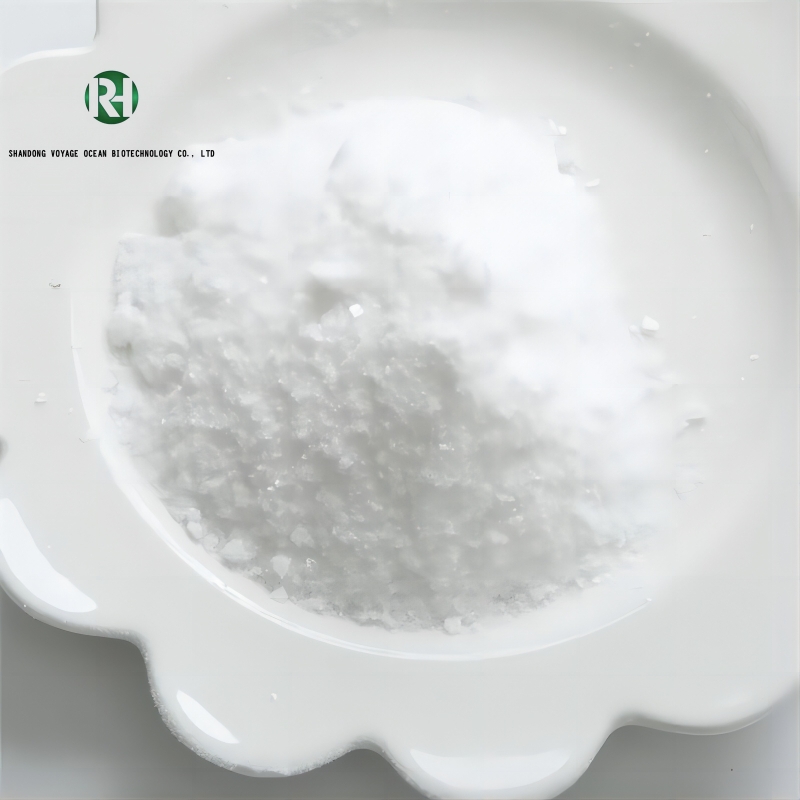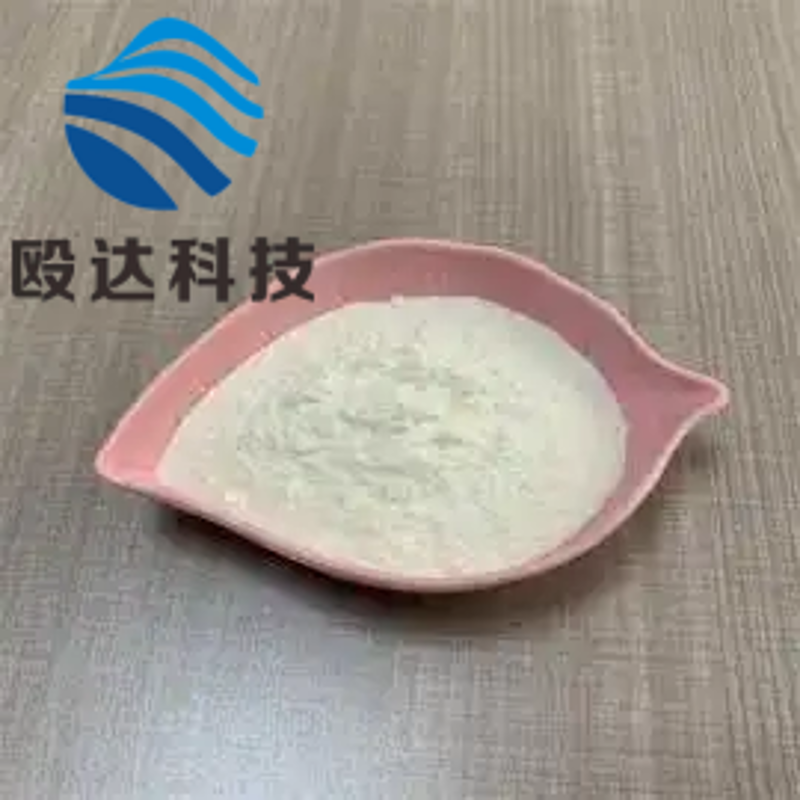-
Categories
-
Pharmaceutical Intermediates
-
Active Pharmaceutical Ingredients
-
Food Additives
- Industrial Coatings
- Agrochemicals
- Dyes and Pigments
- Surfactant
- Flavors and Fragrances
- Chemical Reagents
- Catalyst and Auxiliary
- Natural Products
- Inorganic Chemistry
-
Organic Chemistry
-
Biochemical Engineering
- Analytical Chemistry
- Cosmetic Ingredient
-
Pharmaceutical Intermediates
Promotion
ECHEMI Mall
Wholesale
Weekly Price
Exhibition
News
-
Trade Service
Pharmaceutical Network Market Analysis: Antibiotics are mainly used to treat or prevent certain types of bacterial infections, they can kill bacteria or prevent their spread.
, antibiotic-resistant infections are threatening human health.
700,000 people die each year from antibiotic resistance, according to the World Health Organization.
action is not taken in a timely manner, drug-resistant diseases could kill 10 million people by 2050.
drug giants, which have been in trouble over the development of new antibiotic drugs, have withdrawn, and companies are willing to work hard to develop new antibiotics.
, for example, in 2014, Merck invested $8.4 billion in Cubist, the antibiotic leader.
such as Novartis and GlaxoSmithKill have pledged to fight the threat of drug-resistant bacteria to humans.
However, the development of new antibiotic drugs has the characteristics of long cycle, large investment, long return cycle, and the market prospects are narrow, can not be returned in a short period of time, or even to bear the risk of huge losses.
only five of the 16 branded antibiotics approved between 2000 and 2017 had annual sales of more than $100 million, according to research data from the University of New York.
the reasons behind this have led many drug companies to withdraw.
, for example, in July 2018, pharmaceutical giant Novartis announced it would end antimicrobial research at the Novartis Biomedical Research Institute (NIBR) in Emoryville, California, and cut 140 jobs.
reasons for shutting down antibiotic research and development programs, Novarro Biomedical Research says the industry faces a standoff over the provision of new antimicrobial drugs to patients.
business model for developing anti-infection drugs is also being challenged, and the ability of large pharmaceutical companies to continue to discover, develop and sell anti-infection drugs is also being questioned by the industry.
that Novarhua would prioritize the allocation of resources in other areas it believes is better able to develop innovative drugs.
, AstraZenefo, Sanofi, Allergan and Madison Pharma have also announced they are dropping antibiotic research, and GlaxoSmithKly has evaluated its antibiotic assets.
, countries have taken note of the difficulty of developing new antibiotic drugs under a number of initiatives and have taken active measures, including funding and policy tilts.
, many funds are also helping to develop antimicrobial research and development projects.
, for example, in July, more than 20 international pharmaceutical companies held simultaneous online press conferences in Berlin and Washington, D.C., to announce the launch of the Global Action Fund for Antibiotic Resistance, which raised $1 billion to support clinical research on new antibiotics.
is understood to be planning to put the fund into operation in the fourth quarter of 2020 to fill a funding gap in antibiotic development funding, with the specific goal of launching two to four new antibiotics by 2030.
, it intends to establish a coalition of stakeholders to encourage the creation of conditions conducive to the discovery and development of sustainable antimicrobial drugs.
, promoting cooperation in industry, education and research, integrating resources and jointly developing new antibiotic drugs have also become important initiatives.
In view of the progress of domestic pharmaceutical enterprises in the field of antibiotic research and development, due to China's late start in this field, enterprises have funds, technology short board, for which China has issued a series of policies to support the encouragement of innovative drug research and development.
, some pharmaceutical companies are also developing new drugs through cooperation in production, research and development.
For example, in January 2018, Guangzhou Baiyunshan Pharmaceutical Co., Ltd. and Baiyunshan Chemical Pharmaceutical Co., Ltd., a new chemical drug, cephalosporine sodium injection cephalosporine sodium received a clinical trial approval, which is also China's successful approval of a cephalosporine class 1.1 new drug in the past two decades.
.







